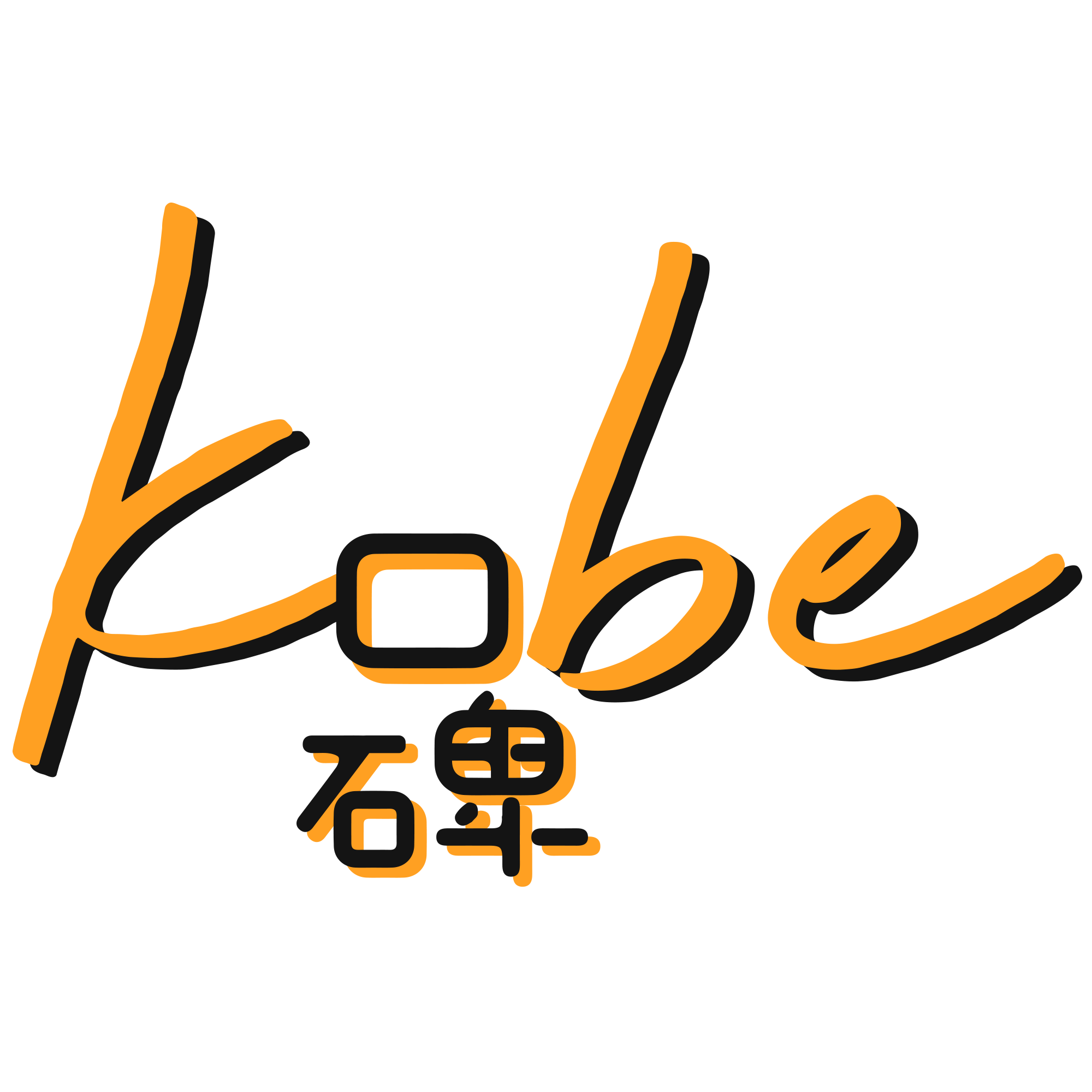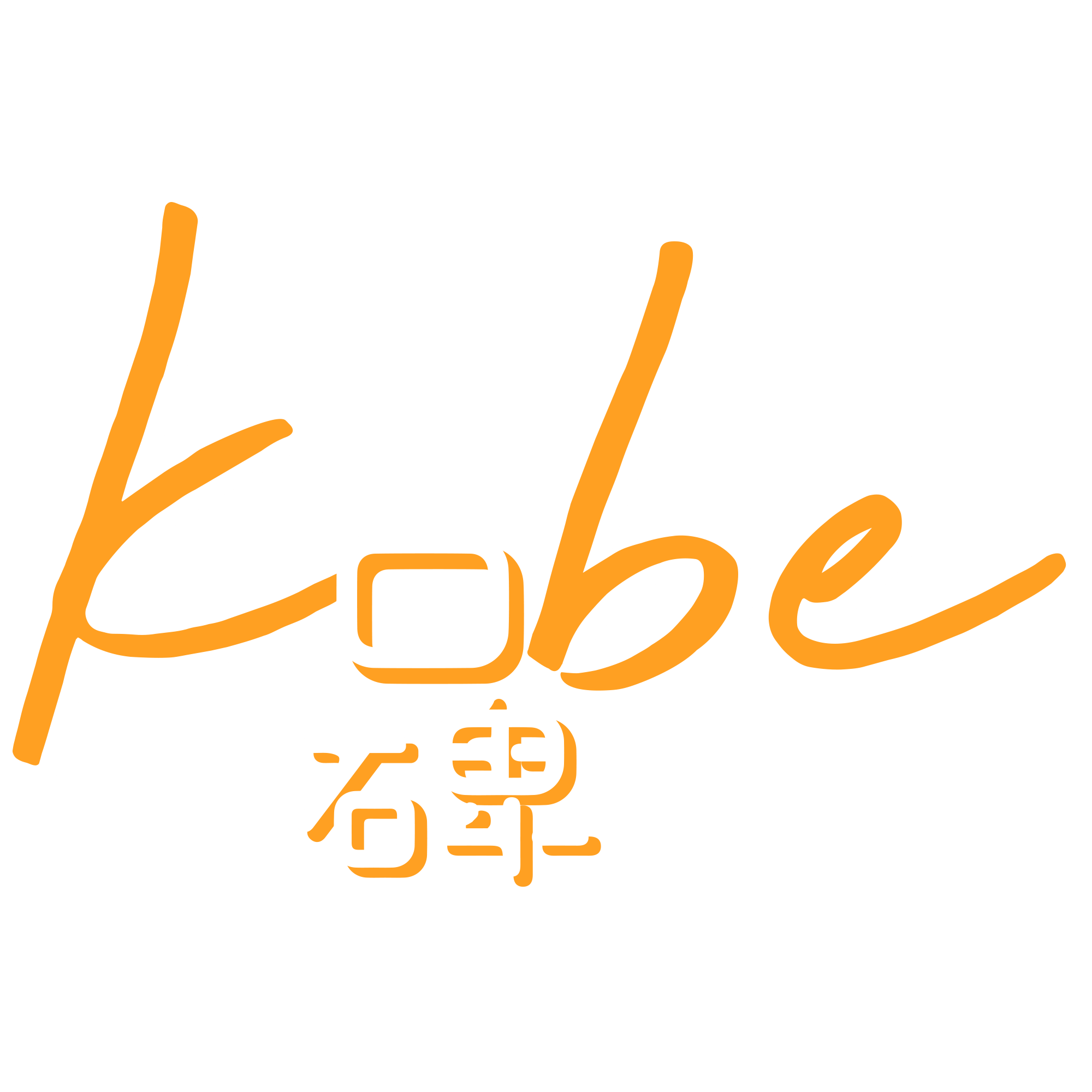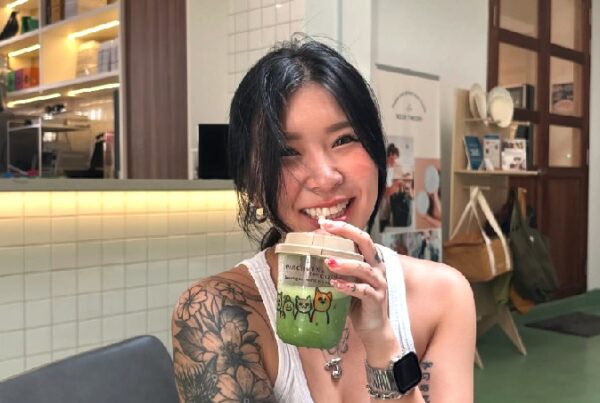
Is influencer marketing dead? This question often sparks debate. Many think of it as just hiring popular celebrities. But saying it’s “dead” is wrong. It’s not gone; it’s changing.
We’re seeing a big shift. Influence used to be about popularity. Now, it’s all about content-first algorithms. This new era is what we call creator marketing.
This article will explain this big change. We’ll look at why algorithms are pushing this shift. We’ll also show how “creator marketing” differs from the old way. Finally, we’ll offer clear steps for brands to adapt and win in this new digital landscape.
The “Old Way”: Popularity Over True Connection
In the early days of influencer marketing, brands chased big numbers. More followers meant more reach. This seemed like a guaranteed win. Campaigns often looked like traditional ads. Influencers delivered polished, clear sales messages.
But this “popularity-based” approach soon faced problems:
- Lost Trust: As money got more involved, content felt less real. Audiences grew suspicious, and trust dropped.
- Fake Followers: Many accounts used fake followers and bots. This made the real results hard to see.
- Poor ROI: Big names often brought wide reach but little real engagement or sales.
- Audience Boredom: People got tired of seeing constant, obvious sponsored posts.
These issues showed that the old way needed to change. Marketers needed a better, more effective approach.
Algorithms Change the Game: Content is Now King
The biggest reason for this shift? Social media algorithms. Platforms like TikTok (“For You Page”), Instagram Reels, and YouTube Shorts no longer just show you content from people you follow. They push content based on its quality and how much people engage with it.
This means:
- Watch Time Matters: How long you watch a video, and if you finish it, tells the algorithm it’s good. (For examples of strong watch time, see our “Case Studies” section below).
- Engagement is Key: Likes are okay, but saves, shares, and comments are much stronger signals. They show deep interest. (See how different regions prioritised these metrics in our “Case Studies” section).
- Personalised Feeds: Algorithms learn what each user likes. They then show content that fits, even if the creator has few followers.
This algorithm revolution is huge. Great content from anyone can now go viral. Influence no longer depends on fame. It depends on creating something truly captivating.
Welcome to “Creator Marketing”: A Fresh Approach to Influence
“Influencer marketing” might sound old-fashioned now. It comes from a time when popularity was everything. The new term, “creator marketing,” shows a big change in focus:
- From “Influencer” to “Creator”: It’s not just about having influence. It’s about actively making valuable, engaging content. Creators are artists, storytellers, and experts. They build influence through their consistent, quality work.
- Quality Content is Core: Creator marketing focuses on authentic stories, deep knowledge, and building real communities. The content itself drives connection and results.
- Authenticity is Essential: Creators build trust by sharing honest experiences. They are real people, not just spokespeople. (Our “Case Studies” section highlights how some creators were already users of the product they promoted).
- The Rise of Smaller Creators: Micro and nano creators (those with smaller but very engaged audiences) are now incredibly valuable. Their niche content often leads to higher engagement and better results.
- Real Partnerships: Brands are now building long-term relationships with creators. They see them as partners who help create content and advocate for the brand over time. (An example of this strategic shift is found in our “Case Studies” section).
Case Studies: Creator Marketing in Action
To understand how these principles play out, let’s examine two recent campaigns that illustrate the power of creator marketing: the Airalo SEA (Southeast Asia) Campaign and the CHAGEE Campaign in Singapore. These examples showcase how diverse brands leverage creators to achieve significant marketing objectives.
Airalo Southeast Asia Campaign
- Objective: To raise brand awareness and increase recognition for Airalo, a global eSIM provider, across Southeast Asia.
- Strategy: Airalo engaged lifestyle and travel creators throughout SEA. The core strategy was for these creators to share how Airalo serves as their go-to eSIM solution, emphasizing the key message: “Stay Connected Wherever You Travel”. Initially, creators were selected for acquisition based on link clicks, but this shifted to focusing on ‘creator fit’ (travel/lifestyle creators) for brand awareness.
- Authenticity: A key insight was that some creators were already familiar with Airalo and were even existing customers themselves. This pre-existing relationship helped them create highly authentic and relatable content.
- Content & Algorithmic Relevance: The content was highly relatable, tapping into the “revenge travelling” trend, as audiences actively sought convenient and affordable data abroad. This led to strong content performance. For example, a Malaysian creator’s YouTube video maintained 56% audience retention at the 0:30 mark, which was above typical, while a Philippine creator’s video retained 52.8% of their audience at the 7:25 mark. Audience queries about data coverage, plan duration, and even specific destinations like China indicated genuine interest and effective content relevance.
- Regional Nuances & Engagement: The campaign observed regional differences in content consumption and engagement behaviour. For instance, Vietnam audiences tended to use “Likes” as a key metric of engagement, while the Philippines showed a preference for “Shares” and “Favourites” on TikTok. This highlights the need for tailored content strategies per market. Malaysia consistently showed effectiveness in both engagement and conversion.
- Scale & Reach: The campaign achieved a massive total outreach of 572,688,607 across Southeast Asia , significantly exceeding target outreach numbers in most countries.
- Measurement Insight: Despite high engagement on social platforms, the campaign noted that this doesn’t always directly correlate with high conversion rates (app installs, sign-ups), as observed in markets like Indonesia and Vietnam. This reinforces the need for diverse KPIs.
CHAGEE Campaign
- Objective: For the popular tea brand CHAGEE, the goal was to drive immense excitement and conversations for their new store opening in Singapore. This aimed to generate long queues and significant brand enthusiasm.
- Strategy: The campaign involved influencers visiting the new store, showcasing the products, and creating engaging content that highlighted the brand’s offerings and the excitement of the opening.
- Multi-Platform Approach & Reach: CHAGEE leveraged multiple platforms to build buzz:
- Instagram Reels: Achieved 564,517 total outreach, 208,865 plays
- TikTok: Achieved 579,329 total outreach, 857,984 plays
- Xiaohongshu (XHS): Achieved 194,421 total outreach, 28,204 views
- Tangible Outcome: The combined efforts across these platforms successfully “resulted in long queues and excitement about the brand”, directly fulfilling the campaign’s objective of generating on-the-ground hype.
Adapting Your Strategy: Thriving in the Creator-Centric Landscape
To truly succeed in this new landscape, brands must fundamentally adapt their marketing strategies to align with the principles of creator marketing:
- Prioritize Content Quality over Follower Quantity: Invest in creators known for great storytelling and high engagement. As seen in the Airalo campaign, content that resonates well can achieve strong engagement even if direct plays vary across regions.
- Foster True Co-Creation: Give creators creative freedom. Let them share your message in their own style. This makes content feel more authentic. As demonstrated by Airalo, content that taps into current trends and addresses audience needs directly is highly effective.
- Focus on Niche & Community: Find creators whose audiences truly care about your products. A smaller, engaged audience is better than a large, uninterested one. The CHAGEE campaign effectively used influencers to rally a community around a new store, creating physical queues.
- Build Lasting Partnerships: Don’t just do one-off campaigns. Work with creators over time. This leads to more genuine advocacy for your brand. Airalo’s strategy phases, from ‘Acquaint’ to ‘Lead,’ emphasise deepening creator narratives and building long-term advocates.
- Measure What Matters: Look at real engagement (shares, saves, comments), website visits, and sales. Don’t get stuck on just likes or follower counts. The Airalo campaign, despite its massive overall reach, highlighted that high social engagement doesn’t always directly correlate with high conversion rates, underscoring the need for a holistic measurement approach.
- Know Your Platforms: Different social media platforms work in different ways. Learn what kind of content performs best on TikTok, Instagram Reels, Xiaohongshu, or others. Tailor your strategy for each. The CHAGEE campaign’s success across Instagram Reels, TikTok, and XHS proves the power of a multi-platform strategy tailored to each channel’s strengths.
Conclusion: It’s an Evolution, Not an End
So, is influencer marketing dead? The answer is a resounding no. It has merely shed its skin, evolving from a broad, often superficial, popularity contest into a more sophisticated, content-driven, and authentic form: creator marketing. This shift is a direct response to the maturing social media landscape and the evolving expectations of consumers who crave genuine connections and valuable content.
The future of digital influence is undeniably creator-centric. Brands that recognize this profound evolution, embrace authentic storytelling, prioritize content excellence, and foster genuine, collaborative partnerships with creators who deeply understand their communities will not only survive but truly thrive. By adapting to this new paradigm, marketers can unlock unparalleled growth, build stronger brand loyalties, and ensure their messages resonate authentically in a digital world increasingly shaped by valuable content.






